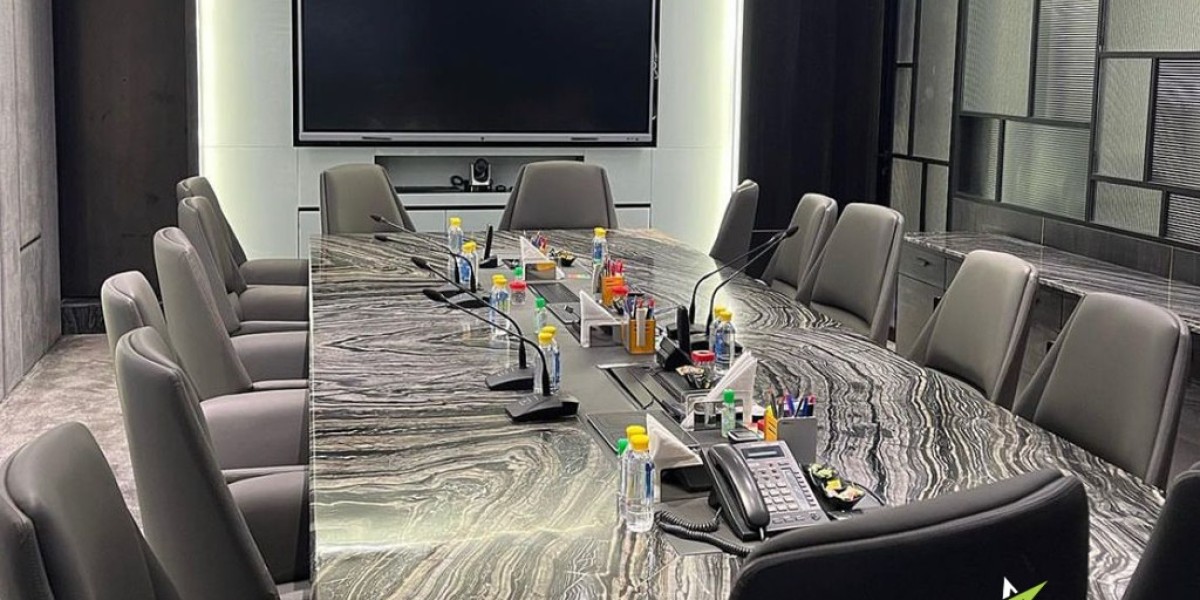In today’s beauty-conscious world, a gleaming white smile is more than just a luxury, it’s a symbol of confidence and wellness. With social media, selfies, and video calls being part of our daily routine, people are turning to cosmetic dental solutions to achieve that radiant smile. Among the most talked-about trends is the use of teeth whitening lights, often LED-based, included in many at-home whitening kits. But do these devices really live up to the promises?
This blog explores how teeth whitening lights work, their effectiveness, and how they compare to professional dental treatments.
What Are Teeth Whitening Lights?
Teeth whitening lights, typically LED or sometimes UV-based, are devices designed to accelerate the whitening effect of bleaching agents such as hydrogen peroxide or carbamide peroxide. These devices are included in at-home whitening kits, which have become popular thanks to their cost-effectiveness and ease of use.
While the light alone doesn’t bleach teeth, it enhances the performance of the whitening gel by speeding up the chemical reaction that breaks down stains.
Key features:
- Often used with mouth trays or strips
- Require peroxide-based gels to be effective
- Available in different intensities and designs
How Do Whitening Lights Work?
The core principle behind whitening lights lies in photochemical activation. When the whitening gel is placed on the teeth and exposed to light, particularly blue LED, it speeds up the release of reactive oxygen molecules from the peroxide. These molecules break down the stains into smaller, less visible components.
Factors influencing effectiveness:
- Peroxide concentration in gel
- Duration of exposure to light
- Consistency of use
- Diet and oral hygiene habits
It’s not the light itself that whitens the teeth, but the chemical reaction it activates that produces the whitening effect.
Types of Whitening Light Technologies
There are several kinds of lights used in whitening, including:
- LED Lights: The most common and found in most over-the-counter kits. They are safe and effective when paired with a proper gel.
- UV Lights: Rare in at-home use due to safety concerns; more often used in professional settings.
- Blue Light Therapy: Another form of LED, often marketed with claims of increased effectiveness.
Each type has its pros and cons, but the LED light remains the top choice for home-based treatments due to safety and affordability.
At-Home vs Professional Whitening Lights
Let’s break down the differences:
Feature | At-Home Kits | Professional Treatments |
Light Type | LED | LED, UV, or Laser |
Whitening Gel | Low peroxide concentration | High concentration |
Supervision | None | Monitored by a professional |
Results Timeline | Gradual over weeks | Often visible in one session |
Cost | Lower | Higher |
For many, consulting a dentist in Maidstone is the preferred path for long-lasting and safe whitening results, especially when dealing with stubborn or deep stains.
Benefits of Using Whitening Lights
There are several reasons why whitening lights are a popular option:
- Convenience: Treatments can be done at home
- Affordability: Lower cost than in-clinic options
- Noticeable improvements: Especially for surface-level discolouration
When paired with proper usage, these lights can gradually improve the brightness of your smile.
Limitations and Risks
Despite their benefits, whitening lights are not without drawbacks:
- Effectiveness depends on gel: Light alone does not whiten
- Limited impact on intrinsic stains: Deeper stains require professional intervention
- Potential for sensitivity: Some users report gum irritation or enamel sensitivity
- Overuse can be harmful: Using kits too frequently may damage enamel
If you're unsure, it’s wise to consult a dentist in Maidstone before starting any whitening regimen.
Who Should Consider Whitening Lights?
These kits are best suited for individuals with:
- Healthy teeth and gums
- Surface-level stains from coffee, tea, or smoking
- Realistic expectations about results
Who should avoid them:
- People with dental restorations (crowns, veneers)
- Those with gum disease or sensitive teeth
- Pregnant or breastfeeding individuals
Tips for Safe and Effective Use
To maximise results and minimise risks:
- Follow instructions carefully for both gel and light exposure
- Avoid overuse: Stick to recommended treatment frequency
- Maintain oral hygiene: Brush and floss daily
- Avoid staining foods/drinks after treatment
Smart use ensures safety and better results over time.
Long-Term Maintenance After Whitening
Post-whitening care is essential to prolong results. Here are some maintenance tips:
- Brush twice daily using a whitening toothpaste
- Use a straw when drinking staining beverages
- Rinse mouth after consuming coloured foods
- Schedule regular cleanings with your dentist
Many who opt for teeth whitening Maidstone services are also advised on home maintenance routines to sustain the results.
Custom Tray Fit vs. Generic Mouthpieces
The fit of the whitening tray can influence how effective the light-activated gel is. Most at-home kits come with universal trays, which may not sit perfectly on your teeth, leading to uneven whitening or gum irritation.
Key comparisons:
- Generic trays: One size fits all; often loose or tight
- Custom trays: Made by dental professionals; precise fit
- Benefit: Better contact with tooth surface, reduced gel leakage
If you're serious about results, a dentist in Maidstone can help customise trays for a better, safer whitening experience.
Combining Whitening Lights with Professional Advice
While whitening lights are convenient, combining them with professional guidance can yield safer and more consistent results. Many patients begin with at-home kits and later consult a professional to maintain or enhance their outcomes.
Advantages of dental supervision:
- Evaluation of enamel and gum health
- Personalised gel concentration
- Timely management of sensitivity issues
Teeth whitening Maidstone services often include tailored advice that complements at-home efforts, ensuring your smile remains radiant without compromising oral health.
The Role of Diet in Whitening Results
Diet can dramatically impact how long your whitening results last.
Avoid:
- Coffee and tea
- Red wine
- Tomato sauces and soy sauce
- Berries and coloured fruit juices
Favour:
- Crunchy vegetables (e.g., celery, carrots)
- Dairy products (promote enamel strength)
- Lots of water (flushes away stains)
Watching what you eat supports long-term benefits from any whitening procedure.
Conclusion
Teeth whitening lights, particularly LED-based systems, can provide a noticeable improvement in tooth brightness for individuals with mild to moderate surface staining. While they don’t match the power and precision of professional treatments, they remain a practical and accessible option for many.
At Maidstone, we believe in offering safe, personalised dental solutions to help you achieve a radiant smile. Whether you’re considering an at-home approach or exploring in-clinic options, our team is here to guide you on the most effective path toward teeth whitening success.









